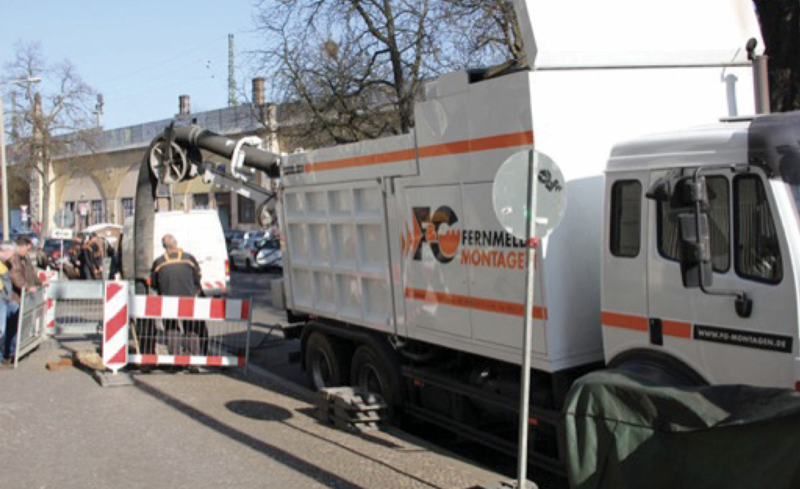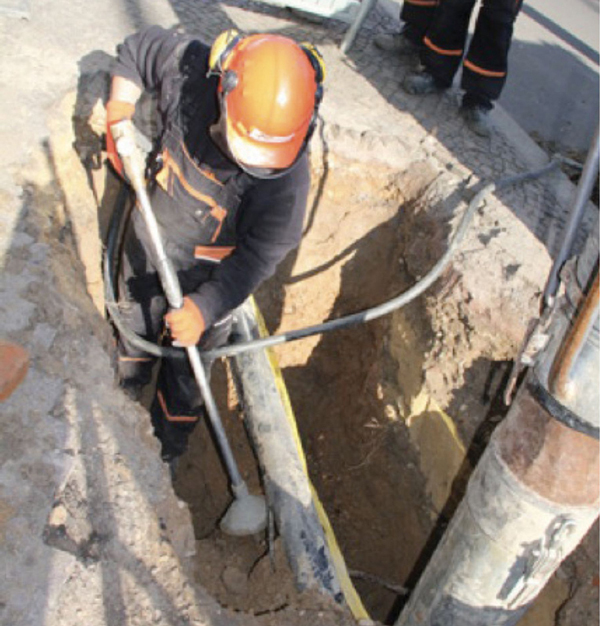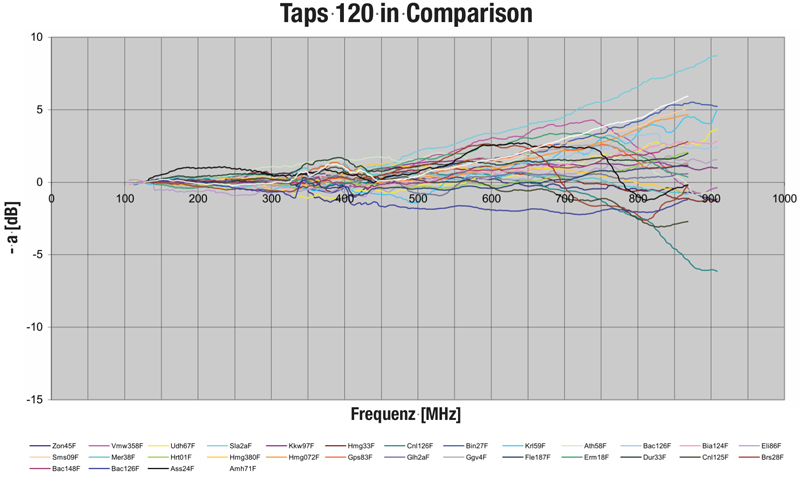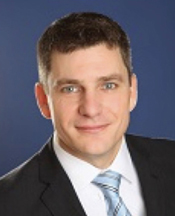Theirs is Just a Little Different… DOCSIS 3.1 Efforts in Germany
By Alexander C. Adams
Since Quentin Tarantino’s movie “Pulp Fiction” it is common knowledge that they have the same stuff in Europe they have in the United States, theirs is just a little bit different! This certainly proves true in many aspects of everyday life as well as in the Old World’s broadband industry. More than 60% of Europe’s cable households are located in Germany, therefore posing Europe’s largest cable market.
Germany is a good example for the intricate differences in network design and the resulting challenges when upgrading such networks. Traditionally, broadband communications were handled by the Federal German Postal Services until the turn of the millennium. These were communications and broadband networks for cable TV service in 300 MHz and later 450 MHz coaxial distribution networks. So, this network was owned by the state, financed by the taxpayer. The result was a very well-designed mainly coaxial network with equipment and architecture unique to Germany.
In the early 2000s the German communication sector in the access portion was privatized, and the broadband access networks were acquired by investors who immediately went into large scale upgrade projects to transform the 450 MHz distribution networks into 862 MHz HFC multimedia networks. This included the facilitation of EuroDOCSIS (7 MHz and 8 MHz channels) in Germany. Every upgrade to newer versions of DOCSIS has been released in German networks since, usually about a year after the version’s introduction to the U.S. market.
One of the main differences between European and U.S. networks is the fact, that European networks are generally buried while in the United States there is a mix of overhead and underground plant. This comes with a shift in financial priorities for the network operators, since about 80% of all network operation costs arise from excavation labor. Figures 1 and 2 underline this. Hence, the goal of every upgrade of a buried network was and is a minimal effect on the coaxial infrastructure, meaning a minimization of digging. This results in a problem that will potentially affect the latest system upgrade to DOCSIS 3.1, the youngest child of the DOCSIS family.
The passive infrastructure is buried, meaning that the taps are buried as well. During all upgrades since the turn of the millennium, only those taps were replaced that needed replacement to make the 862 MHz network operate within the desired specifications. However, up to this day there is still a considerable number of taps in use that were conceptualized for a downstream frequency range of 300 MHz, 450 MHz, 606 MHz and 862 MHz. DOCSIS 3.1 extends the downstream to 1.2 GHz or even 1.794 GHz. Stochastic analysis of measurements on taps operating outside their designed frequency range suggests that predictability of their behavior will be problematic. One observation can be made though: the further out of spec the signal is, the more erratic its behavior as far as tap attenuation is concerned. In plain English: send, for instance, a 1 GHz signal over a tap designed for 300 MHz and see if you get 20 dB attenuation as desired or maybe something else. This implies that a network working fine on DOCSIS 3.0 in a frequency range up to 862 MHz might not do so in a DOCSIS 3.1 environment at higher frequencies simply due to the added unpredictability in tap behavior, not to mention problems arising from the DOCSIS 3.1-specific architecture. This idea is illustrated in Figure 3. Therefore, German DOCSIS 3.1 deployments will preferably aim for a 1.2 GHz downstream instead of 1.794 GHz from the get-go to solve some of the engineering challenges that come with DOCSIS 3.1 in operation. However, since European upstreams are often 65 MHz already, the upgrade of the upstream will probably tend to go to 200 MHz straight away with DOCSIS 3.1.


Currently the large German access network operators, Unitymedia and Vodafone as well as PYUR, are heavily involved in upgrading portions of their networks to DOCSIS 3.1. Unitymedia has advanced furthest in this respect, launching pilots in major German cities. The current status is that DOCSIS 3.1 works, but still needs to be optimized in operation.
Training is a crucial aspect of DOCSIS 3.1. The version’s denomination is misleading, because it is fundamentally different from its older siblings. Herein shows another aspect of difference in business culture between the continents and in this one United States operators have an advantage since they employ a good proportion of their engineers and technicians. Training of the workforce is in the operator’s interest. German operators often outsource large portions of their engineering and service, therefore making training a responsibility of the subcontractor who often sees it as a costly burden and dead-time for his workforce from a business perspective, not saying they don’t approve of the idea itself. This makes it harder for a German operator to ensure the necessary qualification of the workforce on his network, which is of vital importance in a DOCSIS 3.1 upgrade.
Differences are good, they express different cultures and adaptation to given boundary conditions. In a technical sense these differences might cause challenges and problems when it comes to the details of operating a network. Challenges and problems are good as well… after all, we are all cable engineers and engineers solve problems!

 Dr.-Ing. Alexander C. Adams
Dr.-Ing. Alexander C. Adams
SCTE•ISBE Instructor and Subject Matter Expert
Dr. Alexander Adams was born in Wittmund, Germany in June 1971. He studied Electrical Engineering at the University of Hawaii in Honolulu, where he received his Bachelor and Master of Science degrees. He received his PhD from the Technical University Darmstadt, Germany. Alex has been active in the cable industry since 2001 as a project engineer and managing director of the companies Adams Consult and Adams Network Engineering in design, upgrade and service of HFC networks. He is SCTE’s representative in Europe.
Figure 1.Civil work in buried networks
Figure 2.Excavation work
Figure 3.Higher frequency attenuation of taps designed for 300 MHz



